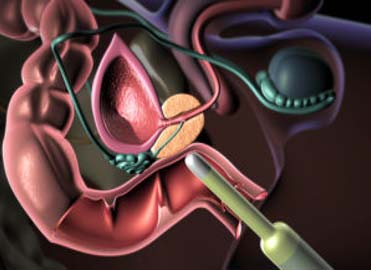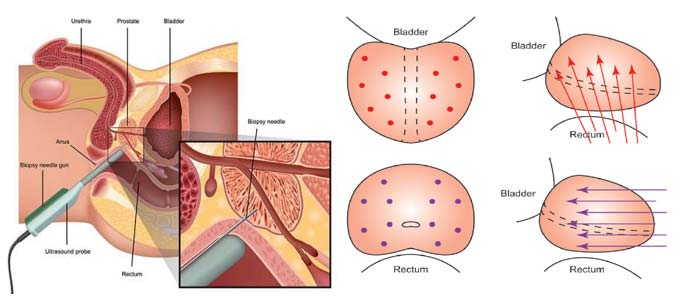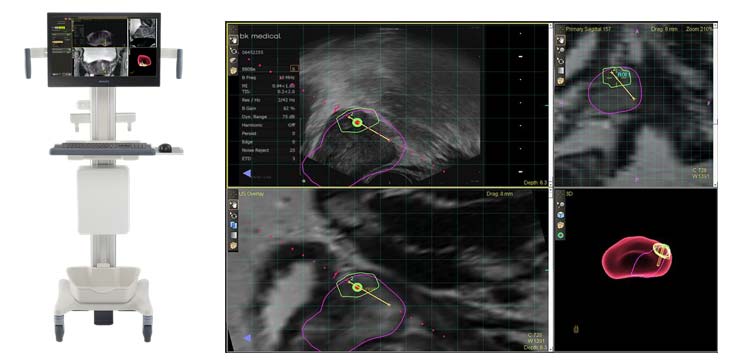What is prostate biopsy?
Prostate biopsy is the process of taking tissue samples in cases where prostate cancer is suspected according to the age group and family history as a result of rectal examination and PSA test examinations. In recent years, the result of 'multiparametric prostate MR', which is a prostate-specific extraction, is also effective in taking the biopsy decision and which method will be used.
Due to the anatomical localization of the prostate gland, this procedure is performed from the transrectal (breech canal) or perineal (lower part of the ovarian region) region. Transrectal prostate biopsy is usually performed in our clinic.

How Is Prostate Biopsy Procedure Performed?
Before the procedure;
- The blood thinners used by the patients are discontinued 1 week before the approval of the relevant branch physician (such as aspirin, coumadin, clopidogrel).
- Antibiotics are administered intravenously. Antibiotic treatment continues for 1 week after discharge. This procedure is important to prevent severe infections that may develop after the procedure.
- Enema is applied for mechanical bowel cleansing.
- Protocols in the form of general anesthesia, sedoanalgesia, periprostatic local anesthesia injection and/or intravenous pain relief are applied for a painless procedure.

Standard biopsy
With TRUS, the prostate gland is identified and local anesthesia is applied around the prostate. A scan is made about the general structure of the prostate with 2D ultrasound. A total of 12 tissue samples, two from each anatomical region (basis, mid-gland, apex) of the right and left lobes of the prostate, are taken with a bridge adapted to the ultrasound device. In case of suspicious areas, extra tissue samples can be taken.

MR Fusion biopsy
MR fusion technology is a method that has become increasingly widespread in recent years and has a higher diagnostic feature than standard biopsy. Prostate biopsy is performed by matching multiparameteric MR (MpMR) images onto ultrasound images during the procedure. Together with the standard biopsy foci, the suspicious foci seen as a result of MpMR are drawn, and usually 3-4 samples are taken from each of them.

Post-procedure
General condition follow-up (pain, blood pressure, pulse, urine output, etc.) is performed and treatment is applied when necessary. After the compilation is made in the post-operative period, the drugs to be used at home are given and how to use them is explained. The situations that should be taken into account in his social life are explained, dietary recommendations are made, and he is usually called for control in the 1st week and discharged.
~
If there is prostate cancer, the diagnosis is delayed and the progression of the disease may cause more difficult processes.
The pathology result results after an average of 1 week.
After some radiological examinations, staging will be made and the most appropriate treatment will be applied in our clinic at the determined time.
You are usually discharged on the same day. Under normal conditions, the day of hospitalization is 1 day.
There may be mild pain for a few days. You may see blood in the urine and semen.
At least 2lt/day of water will be drunk and a watery and vegetable-based diet will be given. Fibrous foods will be consumed.
In the first week, you can take short walks at a light pace. It is recommended that you start normal daily activities after 1 week.
It is okay to have sexual intercourse after 1 week.
There is no permanent sexual dysfunction after biopsy.